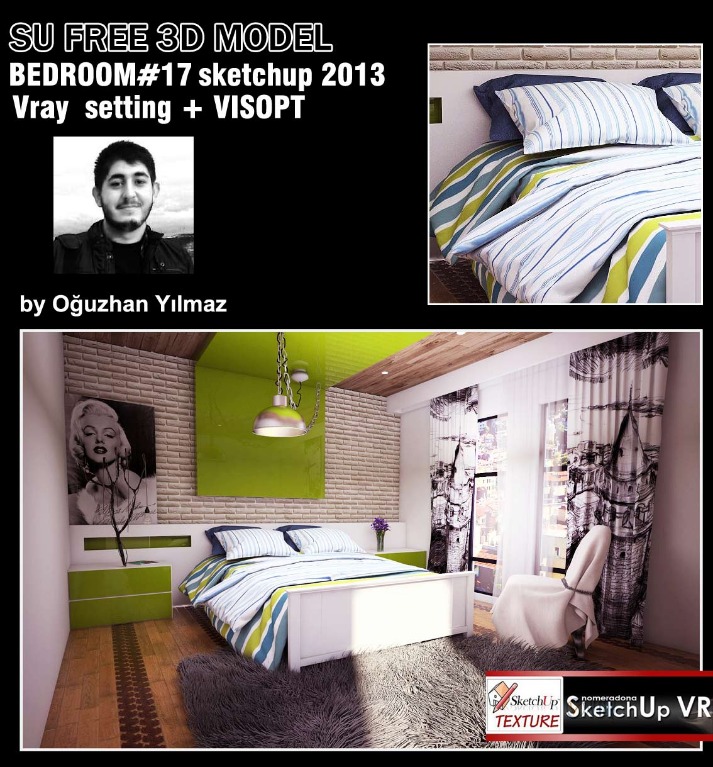In the ever-evolving field of digital design and development, one groundbreaking advancement is the ability to convert images to 3D models. This technology opens a multitude of opportunities across various industries, from gaming to medical imaging and beyond.
What is Image to 3D Model Technology?
At its core, this technology leverages sophisticated algorithms and machine learning techniques to transform 2D images into 3D models. By interpreting the depth, contours, and textures present in regular images, it constructs a three-dimensional representation.
Applications and Benefits
The applications of this technology are vast and varied. Here are some of the key sectors benefiting from image to 3D model capabilities:
- Gaming and VR: Creating immersive environments and lifelike characters.
- Medical Imaging: Developing precise models for surgical planning and diagnostics.
- Manufacturing: Streamlining the prototyping process by creating accurate 3D models from conceptual sketches.
- Architecture: Offering realistic visualizations and walk-throughs of structures.
The Process Behind Conversion
Read more about ai 3d model generator here.
The conversion from a 2D image to a 3D model generally follows these steps:
- Image Collection: High-quality images are collected for detailed conversion.
- Feature Detection: Algorithms detect key features, edges, and points of interest within the images.
- Depth Mapping: Depth data is inferred from the 2D image using techniques like stereoscopy or AI algorithms.
- Mesh Generation: A mesh framework is constructed to represent the 3D shape.
- Texture Mapping: Textures and colors from the image are applied to the 3D model for realism.
FAQs About Image to 3D Model Conversion
Here are some frequently asked questions to further understand this technology:
1. How accurate are the 3D models generated from images?
The accuracy largely depends on the quality of the input images and the sophistication of the software used. With high-resolution images and advanced algorithms, the resulting 3D models can be very precise.
2. What types of images are best suited for conversion?
Images with clear, distinct features and good lighting conditions yield the best results. Multiple angles of the same object also enhance the accuracy.
3. Is this technology accessible to non-professionals?
Yes, there are numerous user-friendly applications and platforms that allow even those with minimal technical skills to create 3D models from images.
4. Are there any limitations to this technology?
While advanced, the technology can struggle with highly complex scenes or objects with intricate details that are difficult to discern from a 2D image.
The Future of Image to 3D Model Technology
As computational power and algorithmic efficiency continue to surge, the capability to translate images into 3D models will only become more prevalent and accessible. This technology promises to enhance creativity, precision, and efficiency across countless fields.
The adoption of image to 3D model technology is set to redefine the boundaries of digital design, making it an invaluable tool in shaping the future of various industries.
